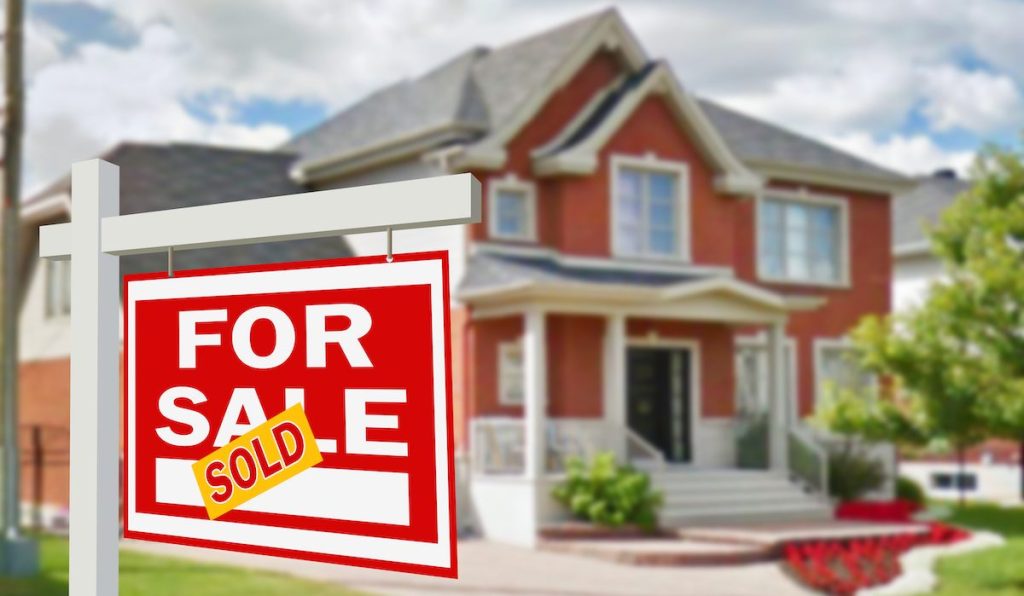Record-high building material prices and a continued lack of labor brought down new home sales in April to a seasonally adjusted annual rate of 863,000 ― roughly 5.9% lower than the revised March rate, according to a joint analysis from the U.S. Census Bureau and the Department of Housing and Urban Development.
While homebuilders grapple with supply constraints, demand has yet to be met. April’s new home sales are nearly double that of April 2020’s estimate of 582,000.
“New home sales volume remains well above pre-pandemic levels, but it’s become very clear that the high and volatile price of lumber and other key building materials is introducing challenges to the new home building and sale process,” said Matthew Speakman, economist at Zillow.
In order to account for uncertain prices and availability of materials, homebuilders are holding off on making homes available until they are further along in the construction process. This is not due to a lack of demand; quite the opposite, Speakman noted. Homes are selling about as quickly as ever, and many builders say sales could be higher if material-related constraints weren’t there.
“There were 683,000 new homes sold in 2019, and the current pace of sales is well on track to exceed that figure this year, even despite the most recent slowdown,” Speakman said. “With homebuyer demand unlikely to relent, it appears as if the home construction industry may have to start operating at a leaner capacity – with builders scaling back on construction and the time from permit to completion increasing.”
Technology for navigating secondary market challenges
In this webinar, MCT COO Phil Rasori and expert guest panelists will review how mortgage lenders can overcome common challenges selling their loans on the secondary market. Join us to learn how they are using new strategies to bypass these frustrations, ultimately leading to a pickup in loan sale profitability.
Presented by: MCT
While total sales fell over the month, homes sold-but-not-yet-started jumped by 16.5% to the highest level since 2006. Similarly, while homes for sale at the end of the month rose by 3.9%, the increase was driven almost entirely by homes where building had yet to begin, said Doug Duncan, chief economist at Fannie Mae.
“This growing construction backlog, combined with another strong rise in the median home sales price (up 20 percent from a year earlier), suggests to us that demand for new homes remains strong but homebuilders are struggling to keep up,” Duncan said.
The seasonally‐adjusted estimate of new homes for sale at the end of April was 316,000 ― a supply of 4.4 months at the current sales rate.
While macro factors are likely weighing on activity to some degree, sales volume remains strong — and could find another gear if/when the recent volatility in material prices cools off a bit. However, there is not an expected time line for costs to simmer. Home prices rose for the 10th straight month in March and are 13.2% higher year-over-year, according to the most recent S&P CoreLogic Case-Shiller Home Price Index report. The median sale price in April 2021 was $372,400, but the average sales price was $435,400.
Despite these rising prices, the underlying demand for owner-occupied homes remains strong, and with record shortages of existing homes for sale, prospective buyers are shifting to new homes.
“How much new home sales will rise over the remainder of the year will depend in large part on to the extent to which home builders can ramp up production,” Nationwide Chief Economist David Berson said. “With lot and worker shortages likely in place for a while, however, stronger sales may be limited. Even so, we expect new home sales to trend higher for the remainder of 2021, with sales for the year at the highest level since 2006.”





